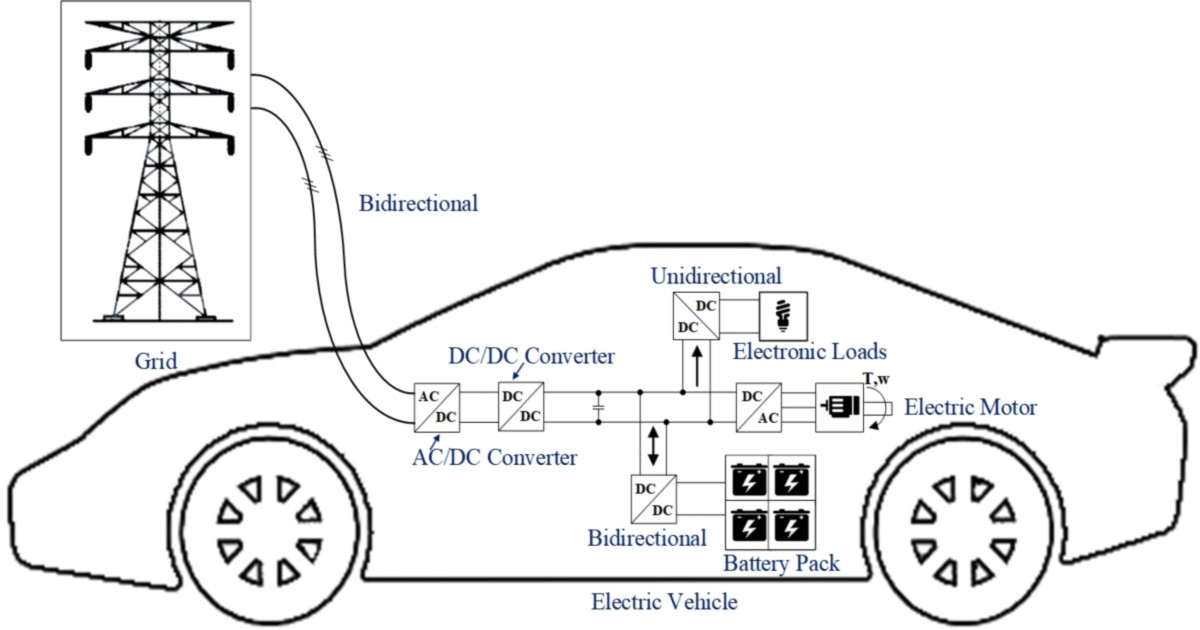Recent Developments in Electric Vehicles
A special issue of Applied Sciences (ISSN 2076-3417). This special issue belongs to the section "Robotics and Automation".
Deadline for manuscript submissions: closed (30 April 2025) | Viewed by 38943

Special Issue Editor
Interests: power electronics; power systems; digital control; energy storage; renewable energies; stability and power quality of grid-tied power converters
Special Issues, Collections and Topics in MDPI journals
Special Issue Information
Dear Colleagues,
Electric and plug-in hybrid electric vehicles produce significantly lower noises and greenhouse gas emissions than conventional fossil fuel-powered vehicles. Apart from these, vehicles powered through electricity feature performance and efficiency improvements. To this end, there is an ongoing trend of electric propulsion in the replacement of engine propulsion. However, high-efficiency charging and management of battery storage challenge global engineers and experts. In parallel, smart control of charging and/or even discharging will greatly facilitate grid operators and thus enable large coordination of electric vehicles. This Special Issue focuses on the recent developments in electric vehicles, particularly related to power and energy. It aims to lay a foundation for the further development of electric and hybrid electric vehicles in future renewable-dominated power systems. The topics of presentations and research papers include, but are not limited to:
- Power architectures of electric drivetrain;
- Multilevel converters in electric vehicles;
- Battery state-of-charge (SOC)/-health (SOH) estimation;
- Battery management systems;
- Wireless power chargers;
- Vehicle-to-grid (V2G) services;
- Optimization and coordination of charging for multiple vehicles;
- Autonomous driving systems and enabling components.
Prof. Dr. Jingyang Fang
Guest Editor
Manuscript Submission Information
Manuscripts should be submitted online at www.mdpi.com by registering and logging in to this website. Once you are registered, click here to go to the submission form. Manuscripts can be submitted until the deadline. All submissions that pass pre-check are peer-reviewed. Accepted papers will be published continuously in the journal (as soon as accepted) and will be listed together on the special issue website. Research articles, review articles as well as short communications are invited. For planned papers, a title and short abstract (about 250 words) can be sent to the Editorial Office for assessment.
Submitted manuscripts should not have been published previously, nor be under consideration for publication elsewhere (except conference proceedings papers). All manuscripts are thoroughly refereed through a single-blind peer-review process. A guide for authors and other relevant information for submission of manuscripts is available on the Instructions for Authors page. Applied Sciences is an international peer-reviewed open access semimonthly journal published by MDPI.
Please visit the Instructions for Authors page before submitting a manuscript. The Article Processing Charge (APC) for publication in this open access journal is 2400 CHF (Swiss Francs). Submitted papers should be well formatted and use good English. Authors may use MDPI's English editing service prior to publication or during author revisions.
Benefits of Publishing in a Special Issue
- Ease of navigation: Grouping papers by topic helps scholars navigate broad scope journals more efficiently.
- Greater discoverability: Special Issues support the reach and impact of scientific research. Articles in Special Issues are more discoverable and cited more frequently.
- Expansion of research network: Special Issues facilitate connections among authors, fostering scientific collaborations.
- External promotion: Articles in Special Issues are often promoted through the journal's social media, increasing their visibility.
- Reprint: MDPI Books provides the opportunity to republish successful Special Issues in book format, both online and in print.
Further information on MDPI's Special Issue policies can be found here.





